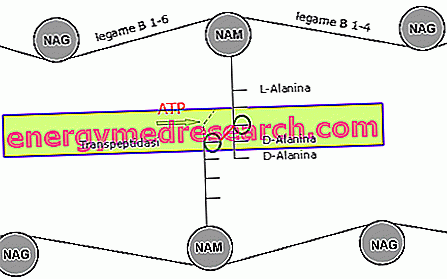
Introduction
Tissue relaxation is a manifestation of skin aging that affects different age groups, and is caused by loss of firmness. As a result of the natural slowing of cellular activity, the malfunctioning of the blood circulation at the capillary level and in the subcutaneous layer, of drastic diets or other factors, the skin loses its turgor and is no longer able to effectively support the underlying tissues . Skin cells, like the rest of our body, are subject to a life cycle that continually leads to the replacement of older cells with new cells.
With aging both the speed and the quality of this substitution is reduced, thus leading to the formation of a thinner and more fragile skin. At 20, the skin renews itself every three weeks and at 50, about every nine. At the molecular level there is a decrease in the production of collagen and elastin already after twenty-five years, thus starting the aging process with the formation of wrinkles and loss of elasticity.
Article Index
Skin System Collagen and Elastin Skin Tone Loss and Skin Aging Firming Treatments and CosmeticsCutaneous System

The anatomical structure of the skin is characterized, starting from the outside towards the inside, by three layers of tissue:
- epidermis
- dermis
- subcutaneous tissue
Epidermis
The epidermis is the part of the skin directly in contact with the outside, essentially having the function of protection. It is a multi-layered paved epithelium (flat), consisting of four layers: basal, thorny, grainy and horny, while in the palmo-plantar area it has a fifth layer (shiny).
The epidermis grows from the basal cells towards the stratum corneum, with a process of keratinization lasting 3-4 weeks which ends with the formation of keratin (corneous clusters) in direct contact with the outside.
Derma
The dermis, of mesodermal origin, is located below the epidermis and is directly connected with its basement membrane. It is a connective tissue rich in vessels and nerves, subdivided into two layers not delimited by one another, but which differ from each other in the thickness and ordering of the connective tissue fibers. The characteristic cells of the dermis are the fibroblasts, responsible for the synthesis of substances useful for the production of new tissue. During an inflammatory process, fibroblasts proliferate and produce a matrix rich in collagen, which serves to isolate and repair damaged tissue. The dermis contains abundant extracellular matrix, consisting of both fibers and an amorphous component (fundamental anist substance). Fibers are of multiple types. The predominant ones are collagen fibers, with a slightly sinuous course and arranged in various directions. In addition to collagen, fibroblasts synthesize and secrete elastin and proteoglycans. Elastin is another fibrous protein that appears as a spiral-shaped polypeptide chain with characteristics of high elasticity; proteoglycans represent a compound of polysaccharides and proteins that seem to have an influence on cell migration, cell cohesion and their differentiation. The dermis represents the support and nutrition tissue for the outer layers. The compact structure of the dermis is due to the presence of protein fibers, collagen and elastin, whose decrease over time generates loss of tone, which is the trigger for the onset of wrinkles.
Subcutaneous tissue
The subcutaneous layer represents the innermost layer of the skin and consists of loose weave connective tissue that does not have a clear boundary with the overlying dermis. The function of this fabric is mechanical protection and thermal insulation, and is richly innervated and vascularized.



